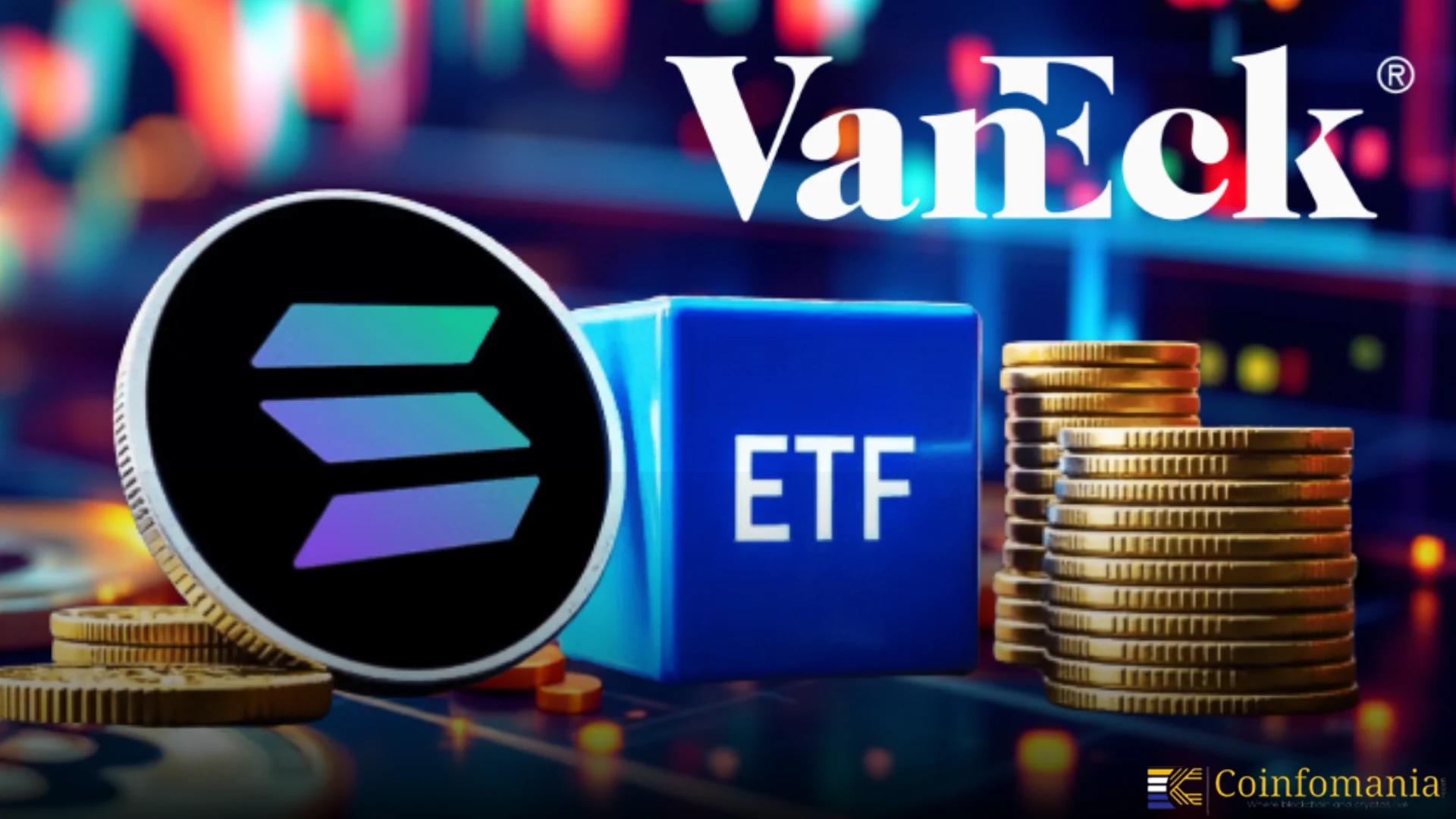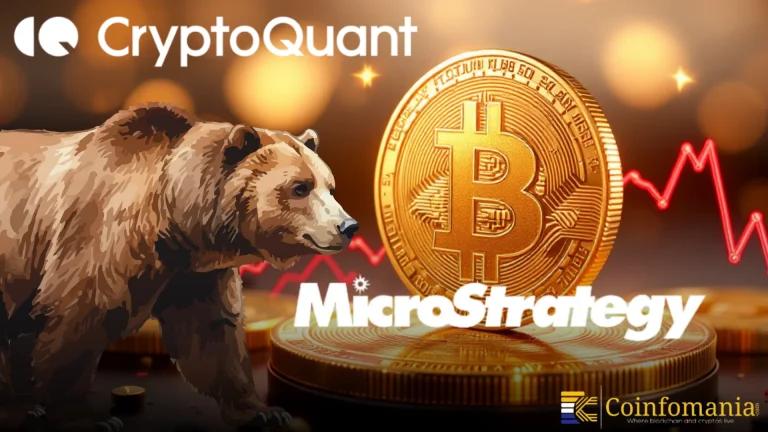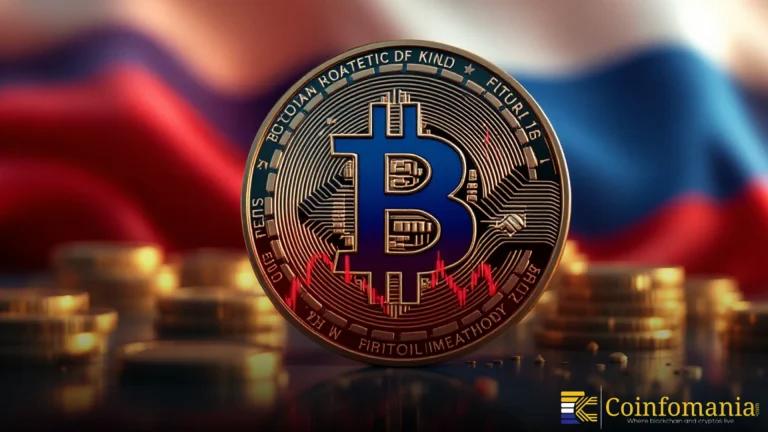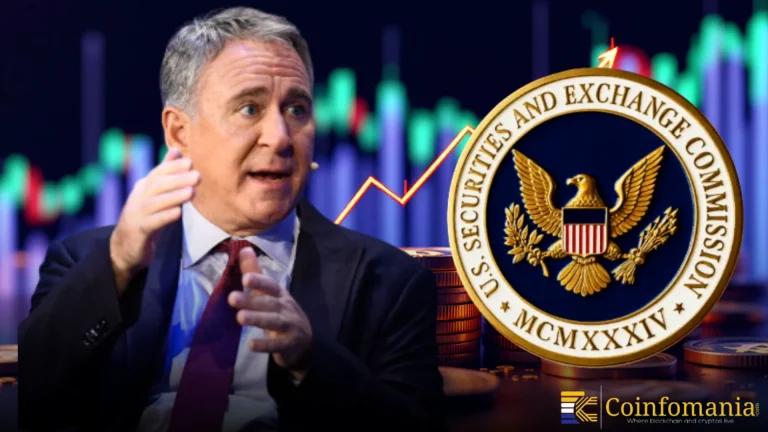Solana Staking ETF: VanEck Cuts Fees to 0.30% in Updated Filing
Solana Staking ETF update lowers fees to 0.30% and adds staking rewards, offering investors easier, cost-effective access to Solana.

Quick Take
Summary is AI generated, newsroom reviewed.
VanEck updates Solana Staking ETF with a lower 0.30% management fee.
The ETF includes staking rewards where legally allowed.
It aims to make Solana accessible to retail and institutional investors.
SEC approval is pending; investors should research and monitor developments.
VanEck has updated its filing with the U.S. Securities and Exchange Commission (SEC) for its proposed Solana Staking ETF (ticker: VSOL). The update also introduces a lower management fee of 0.30%. According to Coin Bureau, the change aims to make the ETF more affordable for investors while still offering Solana (SOL) exposure and staking rewards where allowed. This update signals VanEck’s intent to attract both retail and institutional investors to the growing Solana ecosystem.
⚡️SOLANA ETF UPDATE!
— Coin Bureau (@coinbureau) October 15, 2025
VanEck has filed an updated its #Solana Staking ETF proposal. Now, with a 0.30% fee. pic.twitter.com/Nqx5XAdvOz
Key Features of the Updated ETF
VanEck’s updated ETF has a lot of key features:
- Lower Management Fee: The fee drops to 0.30%, making this one of the most affordable crypto ETFs in the market.
- Staking Rewards: The ETF plans to track Solana’s price and include staking rewards where legally possible. VanEck intends to delegate some SOL holdings through approved providers like Gemini or Coinbase Custody.
- Custody and Liquidity: The ETF will list on the Cboe BZX Exchange. Custody will be managed by regulated entities. A 5% liquidity buffer will help deal with redemptions during market swings.
Market Impact and Investor Considerations
The introduction of a staking-enabled Solana ETF reflects growing interest in Solana’s network. Investors could potentially earn extra yield through staking while benefiting from price movements.
However, the SEC still needs to approve the ETF. Some analysts are still optimistic, predicting approval could come by mid-October 2025. If approved, Solana’s price could see gains in the $360–$425 range.
Investors should also remember that staking has its risks. SOL prices can fluctuate, and staking rewards are not guaranteed. Using a regulated ETF reduces some risks compared to self-staking, but investors must still monitor market conditions closely.
How the ETF Benefits Investors
This ETF could make Solana more accessible to traditional investors who want exposure without directly buying or managing tokens. It also shows growing institutional confidence in Solana’s ecosystem.
Lower fees make the ETF more appealing, especially for long-term holders. Adding staking rewards increases potential returns, which may attract investors seeking yield in addition to price gains.
How to Approach the ETF Safely
Investors should research the ETF carefully and understand staking risks. Diversifying holdings can help in reducing risk. Also, keeping an eye on SEC approval and Solana market trends is important.
The ETF could give a simple way for investors to access Solana, but careful planning and risk management is key. By staying informed, investors can make the most of this opportunity while keeping their capital safe.
The Big Picture for Solana Investors
VanEck’s updated Solana ETF shows how crypto investments are changing. Lower fees, staking integration, and institutional-grade custody make the ETF an attractive option. If approved, it could open new opportunities for both retail and institutional investors to participate in Solana’s growth.
Follow us on Google News
Get the latest crypto insights and updates.


